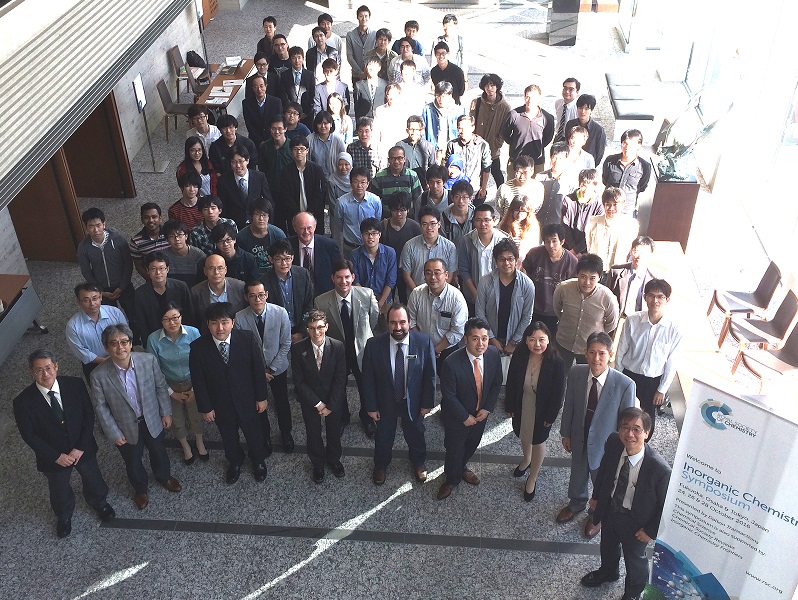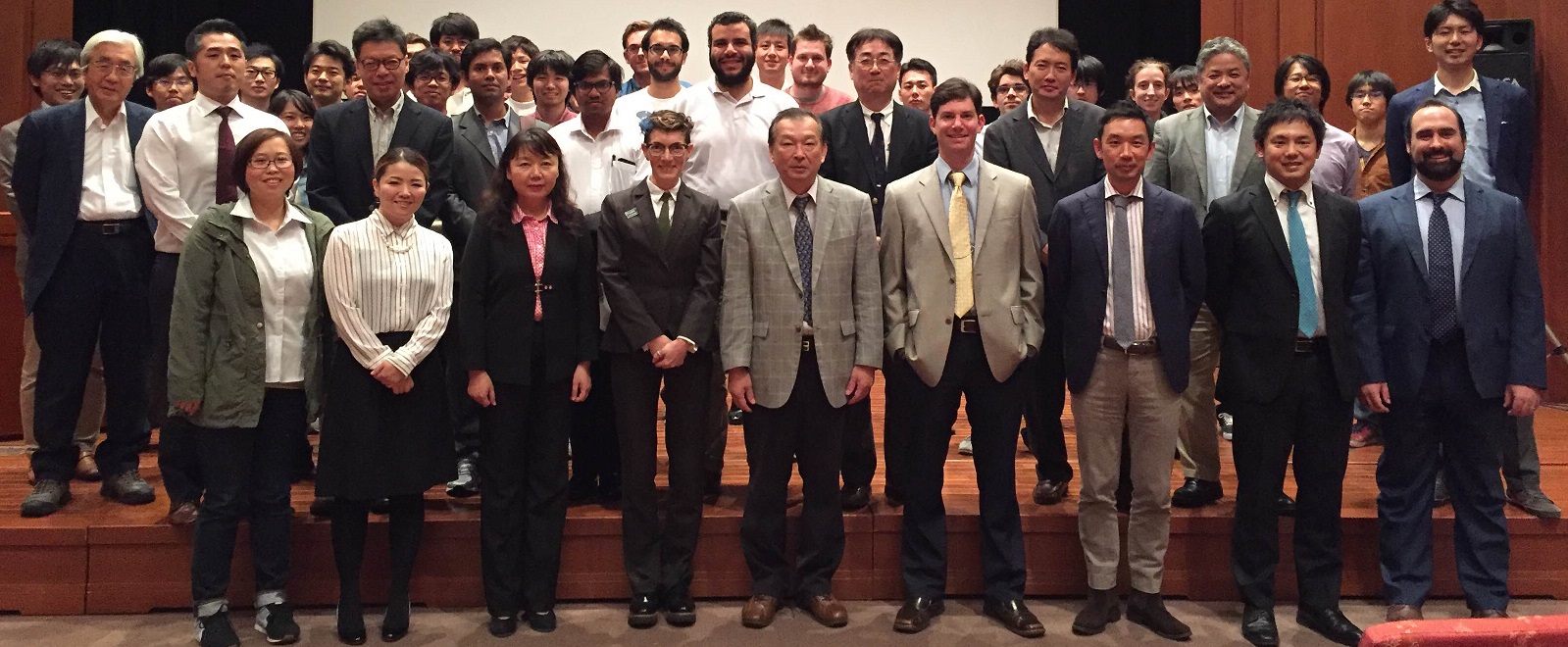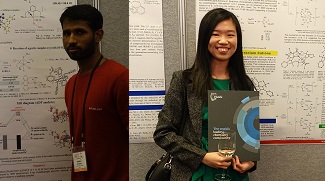
24th October: Inorganic Chenmistry Symposium at Kyushu University hosted by Professor Yoshio Hisaeda
Our flagship inorganic chemistry journal Dalton Transactions was proud to co-present the Inorganic Chemistry Symposium which took place on the 24th October in Fukuoka, Japan. The symposium was co-presented with Kyushu University, Osaka University and the Tokyo Institute of Technology. It was also supported by Chemical Science, ChemComm, Chemical Society Reviews, and Inorganic Chemistry Frontiers.
Amongst those speaking at the symposium were Dalton Transactions Executive editor, Dr Andrew Shore (Royal Society of Chemistry, UK) who gave a talk on: Publishing your research in high impact journals and Dalton Editorial board member: Professor Polly Arnold (University of Edinburgh, UK) whose talk was on: Architectural control of f-block organometallics for small molecule activation. The full list of speakers can be found here.

26th October: Osaka University, symposium hosted by Professor Shinobu Itoh (Front row, far right: Dalton Transactions Executive Editor, Andrew Shore. Second row, second left: RSC Japan representative Hiromitsu Urakami)
The symposium brought together leading international scientists, delivering lectures which covered the broad scope of Dalton Transactions, from inorganic, organometallic, bioinorganic chemistry to photochemistry and inorganic materials.

28th October: Symposium hosted by Professor Osamu Ishitani
With three locations combined (Fukuoka, Osaka and Tokyo), there were over 260 attendees with 3 international speakers from the UK, China and US. The Royal Society of Chemistry also had one representative speaker and there were 19 Japanese speakers from 10 difference institutions.
Further information about the symposium including a full list of speakers can be found on the website.














 Dalton Transactions will be supporting the
Dalton Transactions will be supporting the 




